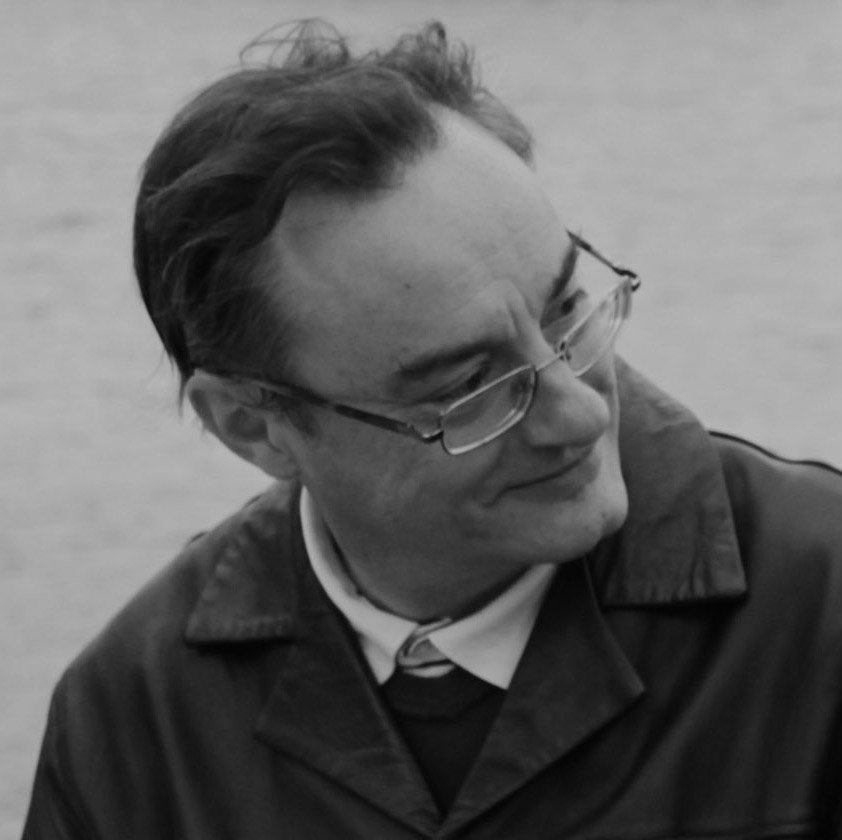Every April, the shores of Gallipoli witness a fresh invasion as patriotic tourists throng to Anzac Cove. Young Australian backpackers make the journey to the Dardanelles in ever-increasing numbers. For a nation with little regard for its own history, this is one bit of history that has clearly established its grip on the popular memory – a grip that grows stronger rather than fading with the years. Two decades ago it appeared as if the Anzac myth was on its last legs, destined to fade into curiosity alongside bush ballads, bullock drivers and archaic slang. In the words of Eric Bogle: ‘Someday no-one will march there again’. And yet they march, and in great numbers. Young, patriotic Australians make the journey to distant Turkey to commemorate a national ceremony their parents experienced, for the most part, as a day off from work and a TV schedule filled with 1950s war films. Anzac Day has defied all predictions of its demise; it grows every year in significance. Back home in Australia, the marchers grow in number and the cheering spectators seem to increase each year.
It helps, of course, that the grand old tradition of fighting other people’s wars has been given a boost in recent years and that Afghanistan is providing new casualties to mourn. This is, however, not a sufficient explanation for the resurrection of the Anzac myth. The backpackers at Anzac Cove are not meditating on recent wars. It is Gallipoli they remember, and World War One, not more recent imperial excursions. At one level, this patriotic tourism is easy to understand. Nearly 1 in 12 Australians served in the Great War and half of them became casualties. This means that, between 1914 and 1918, almost 1 in 24 Australians were wounded or killed. Given that the victims were overwhelmingly young men, aged between 18 and 35, the impact on that particular demographic almost defies imagination. This is unarguably a conflict worth remembering and understanding. And yet the pilgrimage, as it has evolved in recent years, becomes problematical. Remembering has been replaced by remembrance, which is totemic and ritualised, and understanding has been limited by the abstract nature of such commemoration.
Most obviously, popular memory of this disastrous war has been distorted by the fact that only one campaign among many is most often commemorated. Gallipoli wasn’t the bloodiest battle or campaign the Anzacs endured in that war; it cannot compete in that regard with the bloody triangle of Pozieres, the catastrophe of Fromelles or the mud and horror of Passchendaele. It was, moreover, a defeat – a defeat in a war in which Australian troops achieved many significant victories, particularly in Palestine and Flanders in the war’s final year. But this was the first battle of the Anzacs’ war. It was here that the Anzac legend began, its birth announced in the purple prose of war correspondent Ellis Ashmead-Bartlett. Only a year later, in 1916, as the Anzacs were still awaiting their introduction to the industrial horrors of the Western Front, the date of the first landing at Gallipoli was chosen to commemorate Anzac Day, and, ever since, there has been one thing at least that Australians are guaranteed to know about the Great War: if they know nothing else, they know about Gallipoli.
Again, this distorted, or at least unbalanced, view of the Great War is explicable, but that doesn’t make it acceptable. A war that was so devastating needs to be understood. Misunderstood history is forgotten history and forgotten history is, famously, ripe for repetition. The national legend of Gallipoli has cast the rest of the war into a deep shadow, and that shadow covers some of the most significant history our young nation possesses.
This is an edited excerpt from Robert Bollard’s In the Shadow of Gallipoli: The hidden story of Australia in World War I, available now from NewSouth.
